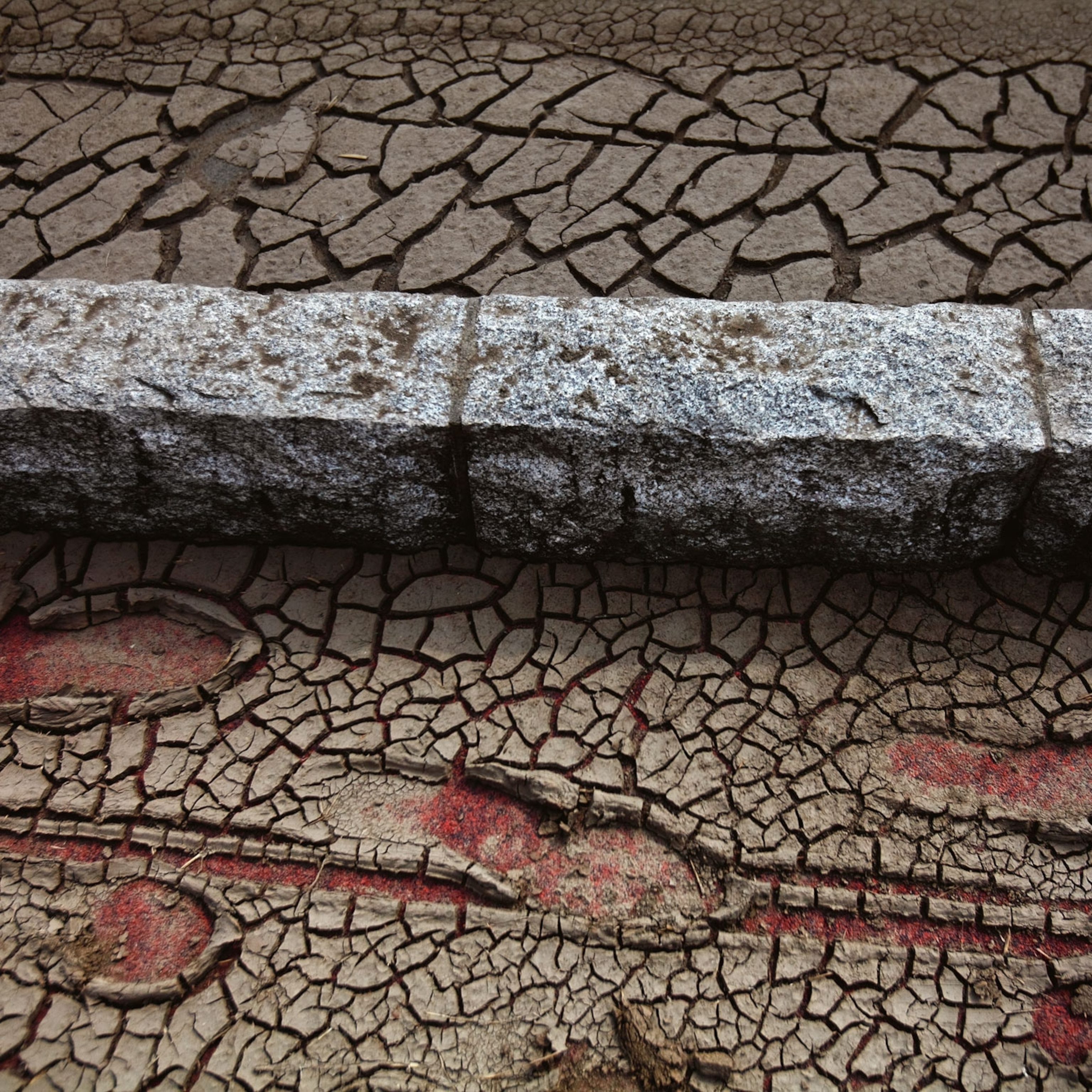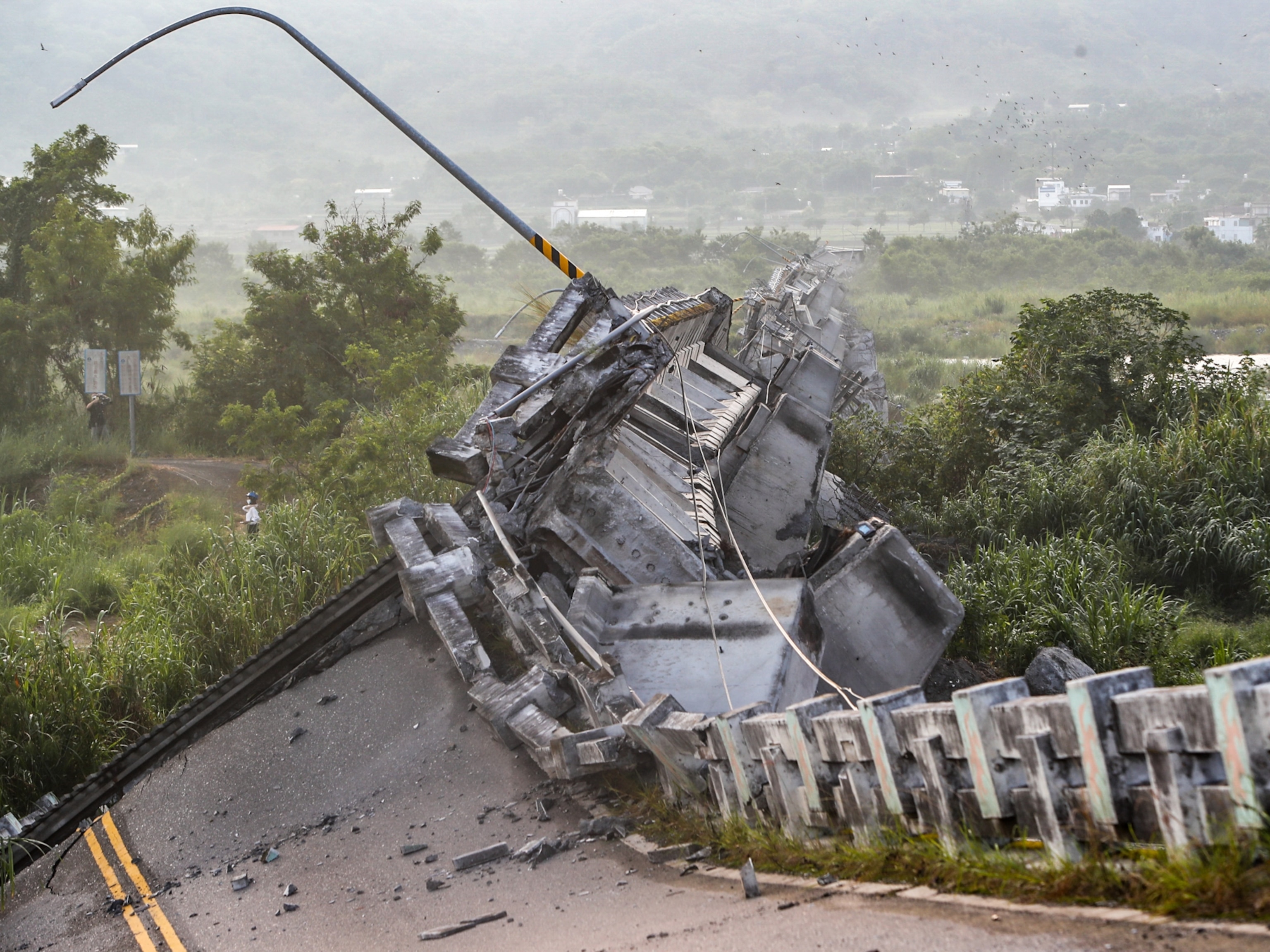
Japan Battles to Avert Nuclear Power Plant Disaster
At its epicenter, the earthquake exceeded Fukushima Daiichi’s design strength.
This story is part of a special series that explores energy issues. For more, visit The Great Energy Challenge.
The nuclear crisis at Fukushima Daiichi power plant comes four years after another earthquake delivered a warning to Tokyo Electric Power Company that seismic risks at its atomic reactors could be far greater than plant engineers had reckoned.
TEPCO is now battling to avert a catastrophic meltdown at three of the six reactors at the Fukushima facility, with a second hydrogen explosion early Monday morning signaling the difficulty of that effort.
(Related: Japan Tsunami Pictures: Nuclear Reactor and Cities Burn)
But in 2007, the company escaped such peril at its Kashiwazaki-Kariwa plant, the largest nuclear power station in the world, when it was damaged by a 6.8-magnitude earthquake that was up to three times larger than the plant’s design was built to withstand.
That underestimate touched off concern and study throughout the global nuclear industry, but officials have pointed to the incident as a demonstration of nuclear plant resilience, because no critical safety structures or systems were impaired. Industry critics have drawn a less comforting conclusion: “They were lucky,” says Arjun Makhijani, an engineer and president of the Washington, D.C.-based Institute for Energy and Environmental Research.
In any case, there is no question that TEPCO’s seismic risk assessments now will be under renewed scrutiny.
A Measure of Risk
And at Fukushima Daiichi nuclear complex, where cooling system failures appear to have caused at least a partial meltdown of nuclear fuel, at least one earthquake measurement signals cause for concern. Peak ground acceleration, or shaking, caused by Friday’s earthquake was nearly double—at its epicenter—than what the Fukushima Daiichi plant, 110 miles (172 km) away, was built to withstand.
The Fukushima plants were built to endure peak ground acceleration of .18 g (a measure of the force of gravity), according to data provided to National Geographic by the U.S. Nuclear Energy Institute (NEI). The earthquake at its epicenter reached a peak ground acceleration of .35 g, said the NEI, which represents the U.S. nuclear industry, including General Electric, the company that designed the Fukushima plant.
But NEI warned against drawing any conclusions from the figures, since the actual measure of ground acceleration at the Fukushima site is not yet known. Shaking measurements can vary widely during an earthquake even across small distances. And NEI spokesman Mitch Singer added that it was not the earthquake itself, but the subsequent tsunami, that touched off the crisis by knocking out the backup diesel power generators needed to operate the plant’s cooling system.
“The reactors maintained their structural integrity despite an 8.9-magnitude earthquake,”Singer said. “All the systems performed as they were expected to do when the tsunami compromised the fuel source of the generators.”
(Related: "Tsunami Facts in the Wake of Japan Earthquake")
But others believe the temblor itself cannot yet be ruled out as a contributing factor in the Fukushima crisis. “You can infer that most of the damage may have been done by the tsunami,” says Makhijani, “but whether the generators came loose from their moorings or were cracked by the earthquake, at this point, who knows?”
At the Fukushima plant, a suspected hydrogen explosion early Monday blew the roof off the building housing the Number 3 reactor. A similar blast damaged the outer building of the Number 1 unit on Saturday. And at the Number 2 reactor, officials have indicated a complete failure of the cooling system caused the water level to fall, leaving the fuel rods fully exposed. The situation means that the rods will heat up, and increases the risk of an uncontrolled meltdown.
Based on radiation readings, authorities assume that some melting of fuel has already taken place. But the International Atomic Energy Agency (IAEA) has stressed the primary containment of all the structures remains intact, holding down any radiation release. Also, the situation at a second plant about 37 miles (60 kilometers) away, Fukushima Daiini, appears to have stabilized after initial problems with cooling system when the tsunami flooded the plant’s power switches.
Nevertheless, nearly 185,000 residents have been evacuated from a radius of 12 miles (20 kilometers) from Fukushima Daiichi. Japan also has distributed 230,000 units of stable iodine to evacuation centers as a precautionary measure; iodine can help protect against thyroid cancer in the event of radiation exposure.
Planned Shutdown’s Aftermath
Japan relies on nuclear power for one-third of its electricity, with 54 power plants built since 1966. In total, about 11 of Japan’s nuclear power stations remain shut down following the earthquake and tsunami; industry sources say that in all cases—even at Fukushima Daiichi—the plants responded as they were designed to do, shutting down the fission reaction automatically.
(See earthquake and tsunami pictures from Friday.)
But they say the problems at Fukishima Daiichi stem from operators’ inability to grapple with the decay heat from the fuel, which needs to be cooled for a protracted period of time even after the nuclear reaction has been stopped.
(Related: "Nuclear Reactors, Dams at Risk Due to Global Warming")
Because of this need for cooling, a nuclear plant must have constant power to run the system of motors and pumps. To protect the system in the event of a power outage like the one that followed the earthquake, nuclear plant operators have systems of backup diesel fuel generators in place, as well as battery systems. But at Fukushima, the generators stopped working soon after the quake and subsequent tsunami on Friday, and the batteries can store power only for several hours. Although backup systems have been rushed to the facility, it is clear that obtaining fresh water for cooling also has been an issue. TEPCO said it was using a mixture of seawater and boric acid to aid in the cooling, a measure that industry observers say has never been tried before.
Neil Wilmshurst, vice president of the nuclear sector at the U.S. Electric Power Research Institute (EPRI), the industry’s nonprofit research organization, says that the specifications of the Fukushima plant, and the level of seismic risk for which it was designed, will surely be the subject of scrutiny. “That will be asked over the coming days and weeks,” he said.
Increasing Seismic Risk
Experts from U.S. EPRI were among many scientists and engineers who studied the aftermath of the 2007 quake at the Kashiwazaki-Kariwa plant, which is on west coast in the Niigita prefecture—the opposite side of Japan from the current center of crisis.
After the 6.8 magnitude quake, the plant experienced a transformer fire, a failure of part of the fire suppression system, broken pipes and damaged air ducts.
The fact that the quake significantly exceeded the design specifications for Kashiwazaki-Kariwa touched off global scrutiny of nuclear plant seismic hazard. The International Atomic Energy Agency (IAEA) conducted fact-finding at the site, and hosted a forum to exchange research. Among the findings in IAEA’s report on the incident: “Recent studies for the evaluation of seismic hazard for new and operating nuclear facilities have consistently shown significantly higher values compared to those evaluated in previous decades.” And the Kashiwazaki-Kariwa plant, commissioned in the early 1980s, was a decade younger than the Fukushima plant, which is nearly 40 years old.
Because of the concerns in the wake of the 2007 quake, three of the seven reactors at Kashiwazaki-Kariwa remain out of service as TEPCO has continued work on seismic reinforcement and integrity testing at the site. The next reactor restart at Kashiwazaki-Kariwa, in fact, had been scheduled for later this month.
Industry experts drew at least one positive message from the 2007 incident. “What we found was minimal damage to any systems, virtually nothing of anything to reactor safety,” says Wilmshurst. “It indicates that the reactors were very, very well designed with substantial margins of safety.”
It is hoped that the same levels of protection will control the risk to the public from the crisis at Fukushima. Wilmshurst says that the radiation readings indicate that the first barrier, a clad around the nuclear fuel itself, usually made of a metal such as zirconium, may have been breached. But two other levels of containment, the reactor vessel and associated systems, made of high-quality steel, and the primary containment structure, made of concrete and often lined with steel, still appear to be intact. (The hydrogen blasts at the facility appear at this point only to have damaged the buildings surrounding these primary containment structures.) The containment facilities are designed to “act as barriers as long as they need to,” says Wilmshurst.
But he said that he would not minimize the situation. “This is clearly a significant event for the plants involved and the company and the people in the surrounding area,” he said. “The tremendous focus within Japan and around the globe now is on getting the help needed to make these plants safe.”
(Related from National Geographic magazine: “Nuclear Power—Risking a Comeback”)
(Related: "New Nuclear Energy Grapples With Costs")
(Related: "Can Nuclear Waste Spark an Energy Solution?")
Related Topics
You May Also Like
Go Further
Animals
- How can we protect grizzlies from their biggest threat—trains?How can we protect grizzlies from their biggest threat—trains?
- This ‘saber-toothed’ salmon wasn’t quite what we thoughtThis ‘saber-toothed’ salmon wasn’t quite what we thought
- Why this rhino-zebra friendship makes perfect senseWhy this rhino-zebra friendship makes perfect sense
- When did bioluminescence evolve? It’s older than we thought.When did bioluminescence evolve? It’s older than we thought.
- Soy, skim … spider. Are any of these technically milk?Soy, skim … spider. Are any of these technically milk?
Environment
- Are the Great Lakes the key to solving America’s emissions conundrum?Are the Great Lakes the key to solving America’s emissions conundrum?
- The world’s historic sites face climate change. Can Petra lead the way?The world’s historic sites face climate change. Can Petra lead the way?
- This pristine piece of the Amazon shows nature’s resilienceThis pristine piece of the Amazon shows nature’s resilience
- Listen to 30 years of climate change transformed into haunting musicListen to 30 years of climate change transformed into haunting music
History & Culture
- Meet the original members of the tortured poets departmentMeet the original members of the tortured poets department
- Séances at the White House? Why these first ladies turned to the occultSéances at the White House? Why these first ladies turned to the occult
- Gambling is everywhere now. When is that a problem?Gambling is everywhere now. When is that a problem?
- Beauty is pain—at least it was in 17th-century SpainBeauty is pain—at least it was in 17th-century Spain
Science
- Here's how astronomers found one of the rarest phenomenons in spaceHere's how astronomers found one of the rarest phenomenons in space
- Not an extrovert or introvert? There’s a word for that.Not an extrovert or introvert? There’s a word for that.
- NASA has a plan to clean up space junk—but is going green enough?NASA has a plan to clean up space junk—but is going green enough?
- Soy, skim … spider. Are any of these technically milk?Soy, skim … spider. Are any of these technically milk?
Travel
- This tomb diver was among the first to swim beneath a pyramidThis tomb diver was among the first to swim beneath a pyramid
- Dina Macki on Omani cuisine and Zanzibari flavoursDina Macki on Omani cuisine and Zanzibari flavours
- How to see Mexico's Baja California beyond the beachesHow to see Mexico's Baja California beyond the beaches
- Could Mexico's Chepe Express be the ultimate slow rail adventure?Could Mexico's Chepe Express be the ultimate slow rail adventure?







